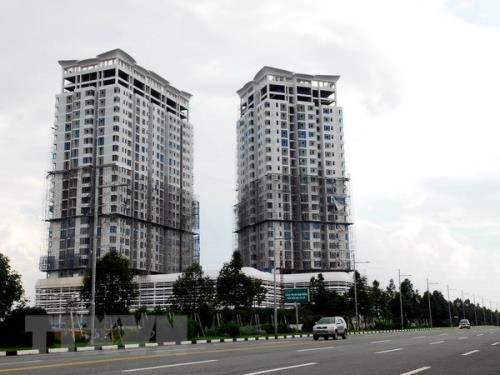The HCM City Department of Construction (DoC) has asked real estate companies, brokers and trading floors in the city to strengthen preventive measures against money laundering and terrorist financing.

The HCM City Department of Construction (DoC) has asked real estate companies, brokers and trading floors in the city to strengthen preventive measures against money laundering and terrorist financing.
The department asked the bodies to strictly follow regulations on customer identification, updating customer information, reviewing transactions and carefully monitoring transactions by high-risk customers.
They were also told to send reports on suspicious transactions and reports on cash transactions worth VND300 million (US$12,800) or more to the Department of Housing and Real Estate Market Management under the Ministry of Construction and the State Bank of Viet Nam's Anti-Money Laundering Department.
The DoC also asked real estate firms to send reports on national risk assessment on money laundering and terrorist financing at their own organisations to the departments before September 15 this year to collect statistics.
The DoC requested its construction inspectors to strengthen inspection and examination at real estate companies, ensuring compliance to laws on the prevention of money laundering, and sending reports to the DoC.
According to a report by the HCM City People's Committee, in August alone, the city saw 28,465 newly licensed businesses with total registered capital of VND456 trillion, of which the number of real estate businesses was 7.3 per cent.
However, in terms of registered capital, real estate businesses accounted for the highest proportion (39.6 per cent), followed by construction (17.3 per cent), then wholesale and retail.
Regarding the development of foreign direct investment enterprises, in the first eight months of 2019, the city granted new investment registration certificates to 816 projects with total investment capital of more than $750 million. Real estate business lured the highest capital proportion (33.2 per cent), followed by science and technology (30.1 per cent), wholesale and retail (18.7 per cent). — VNS





